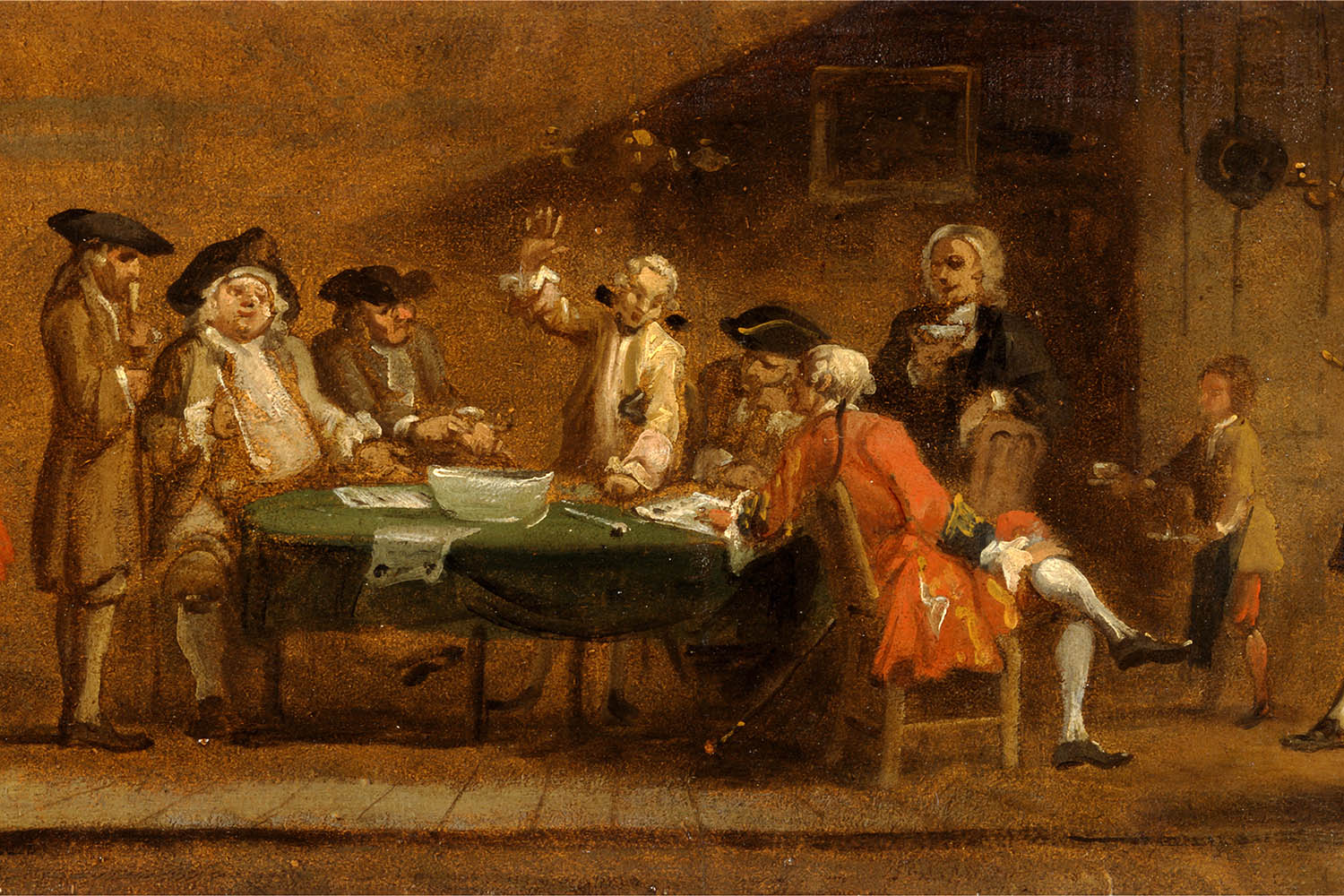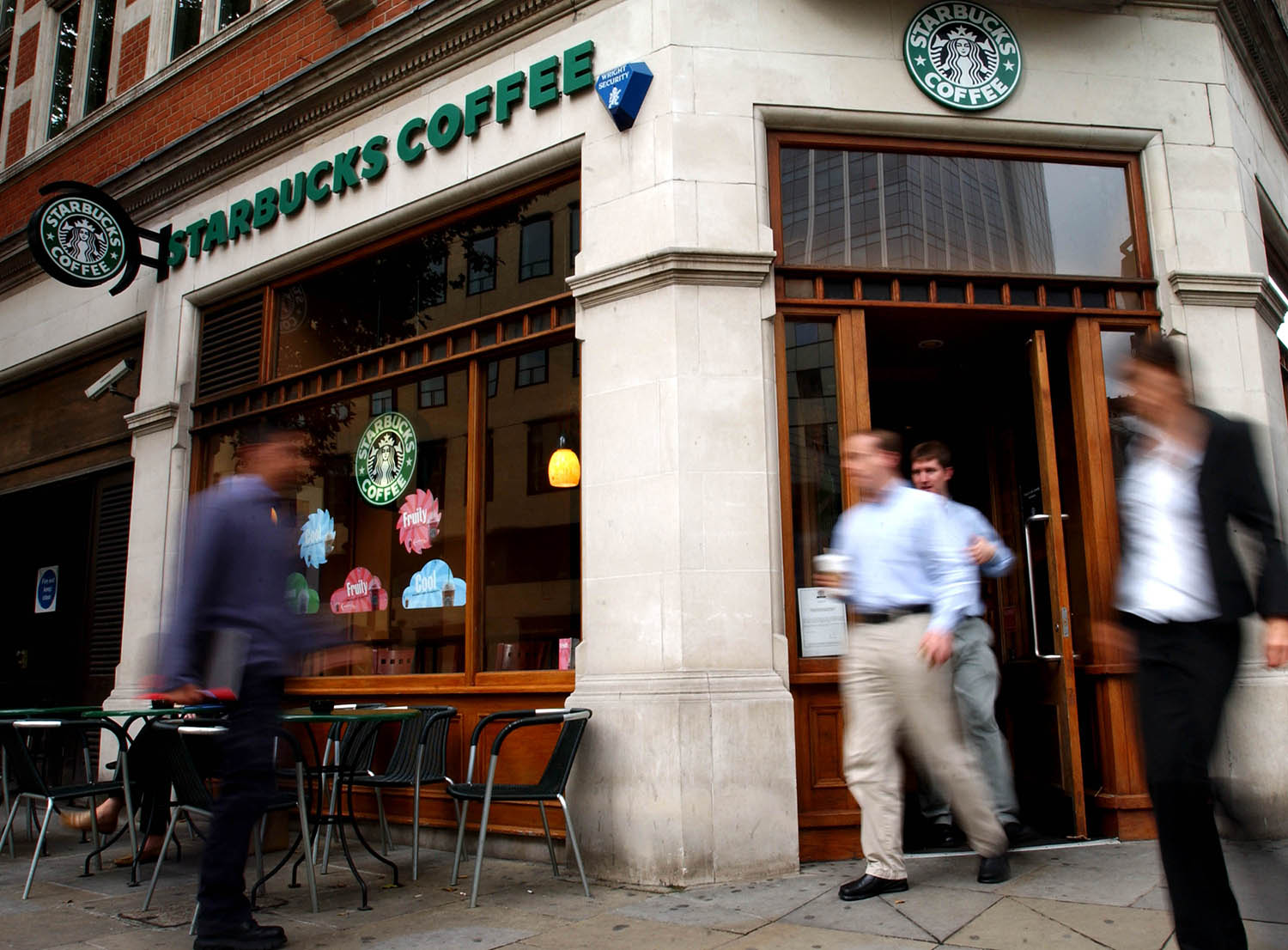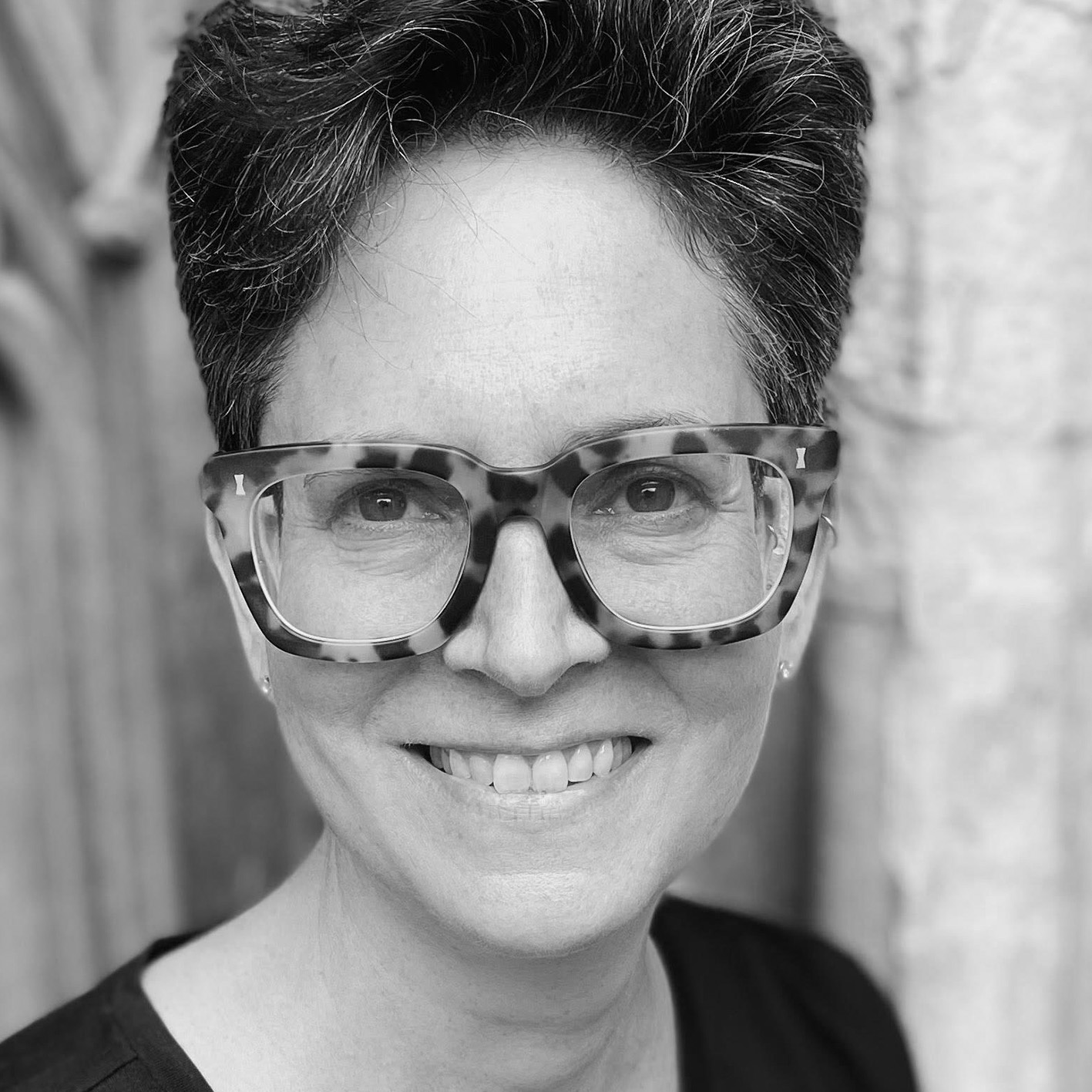The first Starbucks in New York opened in 1994 – but I didn’t go. It was on 87th and Broadway, not far from my parents’ Upper West Side neighbourhood, but I hadn’t yet become the caffeine-addicted fiend I am now.
It wasn’t until nearly a decade later that I started gulping the stuff; by then, in the early 00s, Starbucks was just the coolest thing around. I brought bags of it back from New York to London for a brew-struck friend.
Yes, you could get Starbucks in Britain by then, but how awesome to get it from the source! (It’s amusing to read the BBC’s report from when the first one opened in the UK in 1998 – on Kings Road in Chelsea, natch – and its amazement that people would pay “up to £2” for a coffee. Those were the days, eh?)

London was famously coffee-centric in the 18th century; “penny universities”, the coffee houses were called, after their origins in Oxford a century earlier. Let’s just say things went a bit fallow in the mid- to late 20th century; my American parents adored travelling in Britain in the 70s, but struggled to find anything that wasn’t Nescafé. (I know I shouldn’t diss the stuff: 80% of us still drink instant coffee at home.)
How times have changed. Near where I live in east London, there are three smart coffee shops within about 500 yards of each other; one, Pavilion, which also sells excellent sourdough and pricey peanut butter, is generally the busiest, but they’re all surviving in what has become my bougie ’hood. Back in the early 1990s, when we moved in, the only place you could get a liquid beverage (tea, soup and, yes, Nescafé) was at the Beigel Shop on Brick Lane.
All the coffee shops near me are independent; I only have to walk a few yards farther to find even more. The Costa Coffee by Shoreditch High Street, however, has just shut its doors for good; the site of another, on Commercial Street, is about to house a new Aldi. It’s an interesting insight, I think, into the spending habits of people in the capital who are willing, even if through gritted teeth, to pay £4 for a cup of “joe” – the combo of premium coffee and cut-price groceries certainly floats my boat.
I become suspicious when a place I like suddenly sprouts a bunch of whole new branches – as WatchHouse has recently done
And sure, you can say that’s par for the course for that kind of neighbourhood, but across the UK the growth of indy coffee shops is now outpacing the chains, with at least 12,400 outlets recorded in 2024; in five years’ time, if things continue as they are, there will be more than 13,000 of them. I become suspicious when a place I like suddenly sprouts a bunch of whole new branches – as WatchHouse has recently done, thanks to a fat injection of capital.
Because we’ve seen this all before; the grim “chainification” of places that started out as sparky indies and have been sucked, by the virtue of their success, into the deadening maw of capitalism. How I loved Theodore Kyriakou’s restaurant the Real Greek when it opened in Hoxton in 1999; now you couldn’t pay me to eat its gristly loukaniko or its slimy taramasalata at one of its bazillion outlets.
So if things are tough for Costa, I can’t bring myself to be too sad. As for Starbucks; Robert Reich, a professor of public policy at Berkeley, has noted that Starbucks’s chief executive, Brian Niccol, made – wait for it – 6,666 times more than the company’s median employee in 2024, the widest chief executive-to-worker pay gap in the entire S&P 500. I’ll get my flat white from Pavilion, thanks.
Photograph by Getty. Other pictures by Alamy

